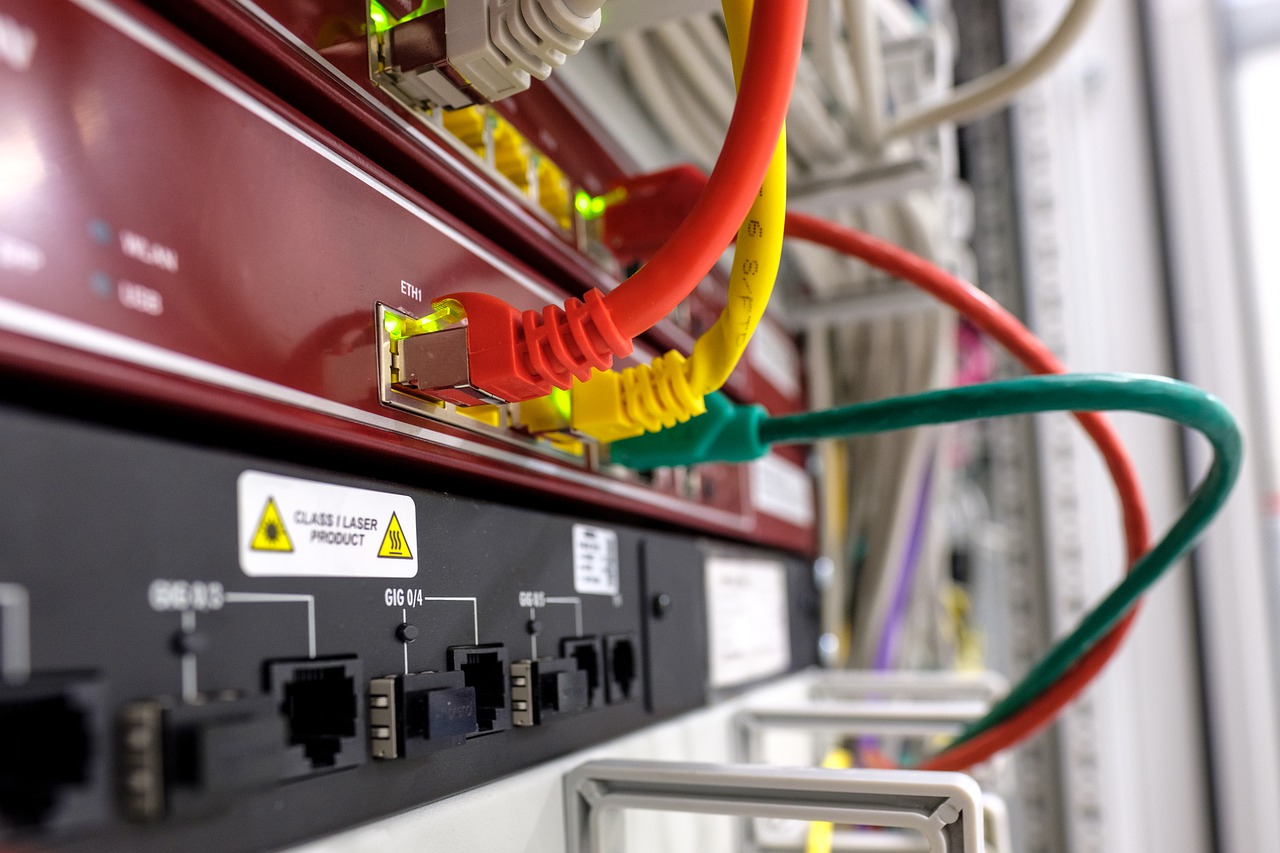Contents
How to Measure ROI in Influencer Marketing?
Do you have plans to run campaigns in influencer marketing or are you already running campaigns but are interested in maximizing your results? Then you need to learn about the importance of measuring ROI for each campaign. In fact, we suggest that you also measure ROI for each individual influencer and in some cases also each individual post. Fortunately, measuring ROI does not have to be that complicated and with our practical guide you will soon be an expert.
Before we start, we want to make it clear that ROI stands for return on investment and that it is a method used to compare your investment in a project with the result from that project. You are probably already familiar with the term from other parts of your business.
Start by setting clear goals
The first and in many ways most important step in measuring ROI in influencer marketing is to set clear goals. Without a goal and an idea of what you want to achieve, it will be impossible to calculate a clear ROI. It is also important that you design your goals already during the planning stage before you hire influencers and start ordering content. If you do not, there is a risk that you instead set unclear and “adaptable” goals, which also does not lead to a particularly clear ROI.
See the planning phase as a way to decide how, why and what it is you want to measure in your campaign. Furthermore, we recommend that you start with your final goals before breaking them down into more specific data, but we’ll talk more about that shortly. During this part of the process, it is also essential that you set a budget for your campaign as the budget is a cornerstone of ROI. The point of calculating ROI in influencer marketing (and in other parts of a business) is to compare your goals and progress with your expenses. As you probably understand, there are a plethora of different goals that you can base your ROI around and we go through the most important ones further down this page.
Before we continue, we also want to take the opportunity to clarify that ROI in influencer marketing can differ from ROI in other parts of your business. The reason for this is that your goals are not necessarily increased revenue or sales opportunities but engagement on social media and the like. This in turn requires unique data.
Divide your goals into measurable data
This part of the process is a bit more complicated with at least as important as the first. With set goals and the beginning of a campaign, you need to decide how best to measure your goals. As a rule, this is done with the help of KPIs – key performance indicators – and specific data points. To do that, you need to decide what is important for your particular campaign and your goals. For example, you will look at different KPIs when measuring brand awareness than when measuring lead generation. Is your goal to increase your brand’s brand awareness and reach are data points such as impressions, clicks, shares and new followers. If your goal is to measure lead generation, you need to look at numbers such as new registrations, sales opportunities or orders. Make sure you form an idea of what data to focus on before proceeding with the next step and do not be afraid to be specific as it will only be beneficial at a later stage.
Design limitations for your goals
With a clear idea of what it is you want to achieve and how you will measure your progress, you need to set limits that determine whether your campaign has been a success or not. It is not enough to say that your goal is to increase brand awareness and that you should measure it by looking at the number of impressions and followers. If you want to paint a clear picture around your ROI, you need to be more specific.
Let’s use an example. You have decided that you want to increase the number of impressions you get on Instagram from 10,000 a week to 15,000 a week and now you need a time frame for when you want to achieve that result. Do you plan to achieve the goal within a week or maybe two weeks? Or do you want to give your campaign a whole month? Of course, this is affected by how many influencers you hire, how much content they will create and how long you want your campaign to be active. The exact same thing applies if you want to measure other KPIs such as the number of new followers or sales.
Measure the quality of your content
Now we were going to make the whole thing even more complicated. To measure ROI and answer the question “Did I achieve my goals within the budget and time frame I gave myself?” is pretty easy and you really do not need to take it any further than that if you are only looking for a basic ROI. Although the probability is high that you want to go into more detail.
If this is the case, you must also evaluate and measure the quality of the content you paid for and how each influencer performed. Of course, this must be done separately from your overall campaign goals, ie. for each post and influencer on their own. Fortunately, there are practical tools that you can use to facilitate the work. The most common method of measuring how well an influencer and its content has performed is to use UTM links or traceable links. By providing unique links to all influencers and also for each post, you can quickly get an overview of who performs best and worst. In general, these metrics are best when your goal is increased conversion, more clicks, or sales of a specific product. It is also not that difficult to measure brand awareness and increased reach on an individual level because you can count the number of comments, shares, etc. that each post has received. In addition, most social media platforms offer insight into how many impressions each post has received. However, it can be more difficult to measure other goals such as the number of new followers as a direct result from an individual post, instead you need to be a little creative. In these cases, your options are more limited and we advise you to activate one influencer at a time as it facilitates the process somewhat.
Evaluate data and your results
When you have finally planned everything and you know your data points, KPIs and goals, it’s time to start working for real. Do not forget that ROI is something you can follow from the first moment and as soon as your influencer has published the post you ordered, you must be on your guard. If you start collecting data from the campaign while it is running, you will also save yourself both time and work later. This is especially important if you handle large campaigns with many influencers and posts and when you read several KPIs at the same time. Should you feel overwhelmed by the workload, there are practical tools and platforms you can use. Beatly is a data-driven influencer network and our self-designed influencer platform was designed, among other things, to collect data and help our customers calculate ROI. It is a simple but effective solution that not only reduces your workload but also maximizes your insight into each campaign.
What is ROI used for?
Before we tie the sack together, we must explain something important. We have seen countless cases where brands have planned and executed campaigns in accordance with the above tips, but once they have collected all the data and calculated their ROI, they do not know what to do with all the information. Of course, this varies based on what your goals are, but in short, the goal of your ROI – return on investment – is to determine if you got what you paid for. In addition, your ROI should also be used to plan future campaigns as you hopefully now know what kind of content your target audience likes best. Furthermore, ROI can be used to evaluate which influencers performed best; is it someone you do not want to work with again or was it an influencer performed so well that he can be considered as a fire ambassador.
In other words, you measure ROI in influencer marketing for the same reason as in other parts of your business: to measure your progress and determine how you can improve your work process and maximize future results. ROI is simply an essential part of any influencer campaign and the only way for you to judge if your plan worked or not.
Summary
We now hope that you have a better understanding of what ROI is and why it is so important to include this in your campaign plans and as a final tip we want to emphasize how important it is that you set aside time to plan each part of your campaign in detail. We are fully aware that it requires extra time and work, but we promise that it is worth every second as a good and clear plan will ensure that you achieve the results you deserve. With that said, we can do nothing but wish you luck with your next campaign!






